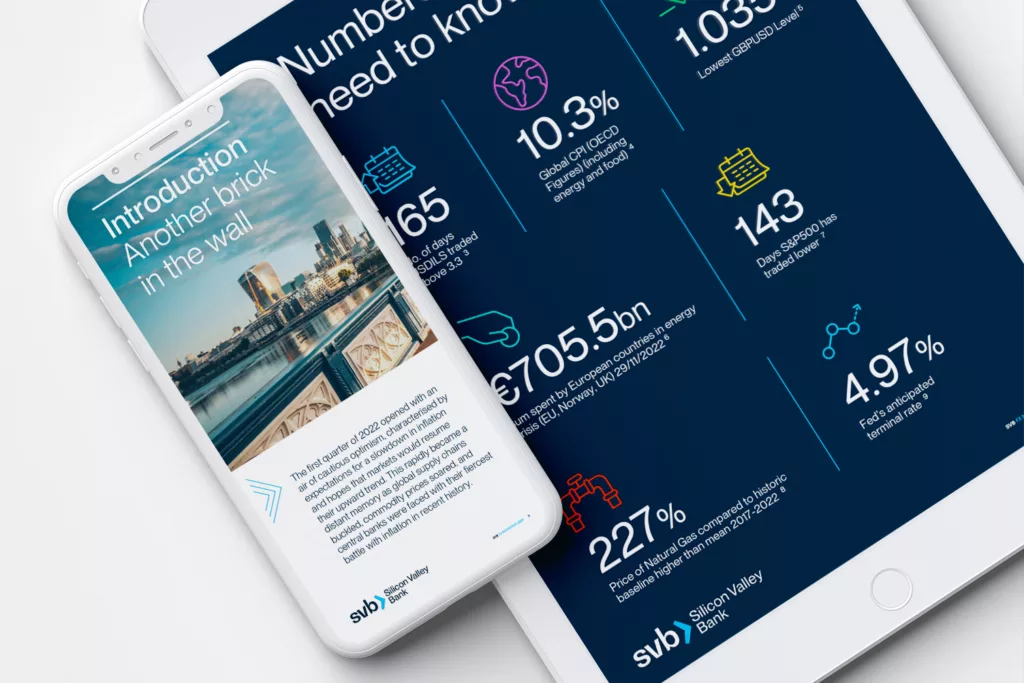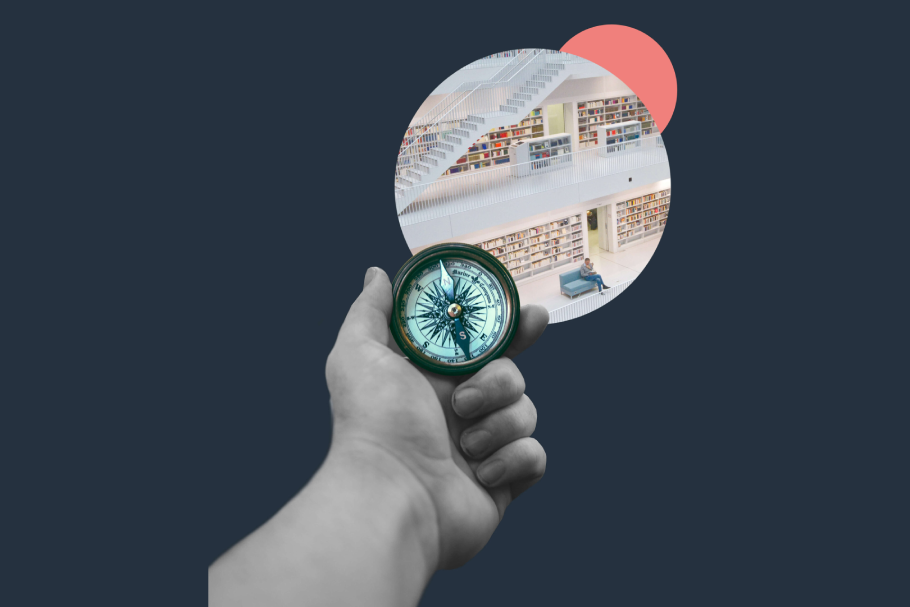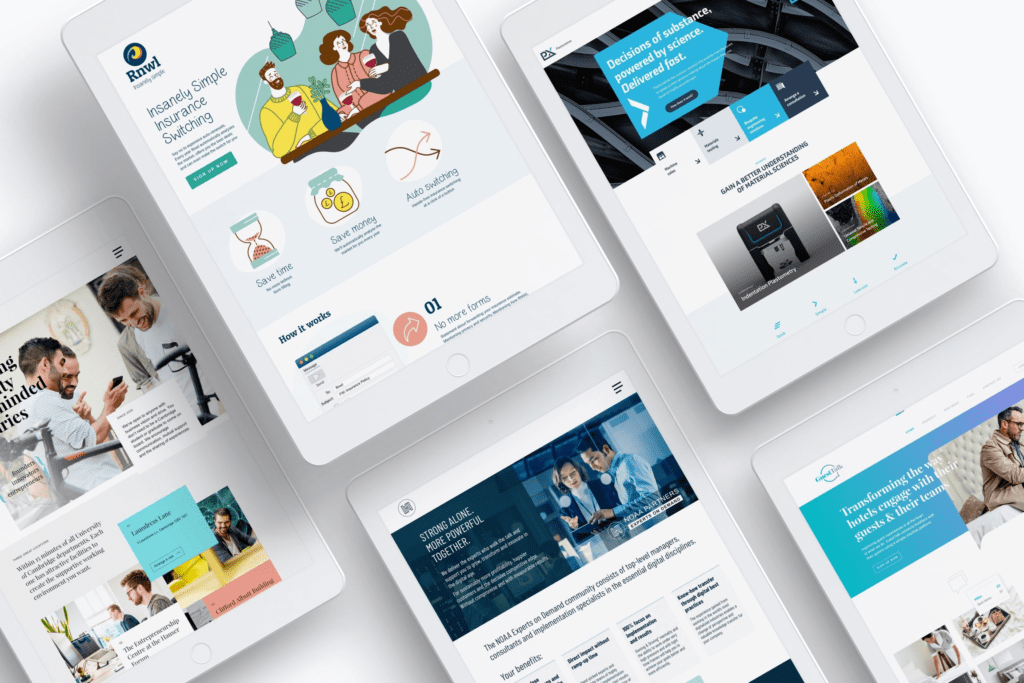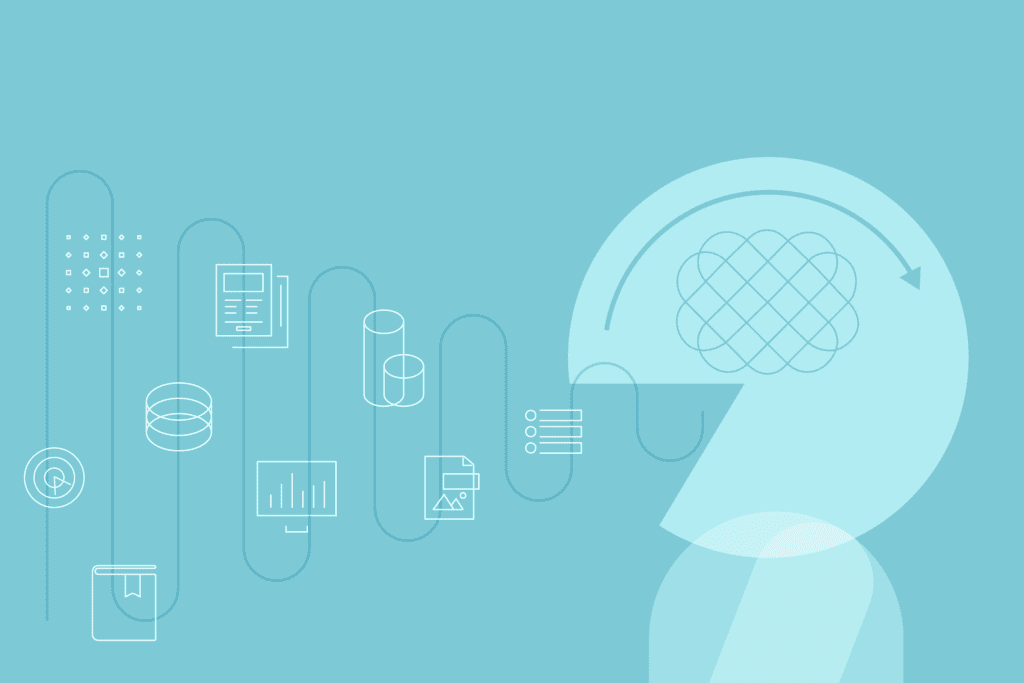The key points...
- Infographics simplify data subjectively, guiding readers to a predetermined conclusion
- Data visualisations represent data objectively in real-time, presenting just the raw data to allow users to determine their own conclusions
Infographics Vs Data Visualisations
In today’s world of big data, how businesses choose to display their figures can affect how quickly readers can interpret the information and what conclusions can be drawn from it. While on the surface, the terms data visualisation and infographics may appear to be the same – they’re often used interchangeably – there are in fact some subtle differences between the two. From the data displayed and the way they’re presented to the time they take to create, you’ll see that while the two are related, they’re not the same.
Infographics
Let’s first look at infographics. Often shared on social media channels, infographics are a visual representation of data in a creative and appealing way. Usually artful and accompanied by lots of supporting graphics, these infographics tell a story through a clearly defined narrative. Used to support an argument, they have an obvious conclusion and guide the reader towards that judgment.
Frequently designed to be accessible to as wide an audience as possible – often made up of readers who are not experts on a subject – the key to infographics is making them easy to understand. Often this is accomplished through a visual theme with a clear narrative.
Read more: Infographics in the age of the infovore [Updated for 2020]
When to use infographics
- Web content – Because they’re easily sharable, infographics have a lot of value in SEO. Each time they are reshared your brand awareness grows. This should result in useful backlinks and could lead to increased interest in your brand.
- Marketing content – We’ve already discovered that infographics tell a story. This can help with your marketing efforts, introducing you to a top of the funnel audience and converting them to your way of thinking from the outset.
- Marketing content – We’ve already discovered that infographics tell a story. This can help with your marketing efforts, introducing you to a top of the funnel audience and converting them to your way of thinking from the outset.
- CVs/Resumes
- Blog posts – They say a picture can tell a thousand words – a theory which has value in today’s internet generation and their short attention spans. Rather than read a lot of words in a blog post, an accompanying infographic can communicate the same information in a fraction of the time.
- Case studies – Like in blog posts, infographics can break up the content in a case study, summarising results or adding visual interest to otherwise large sections of text.











